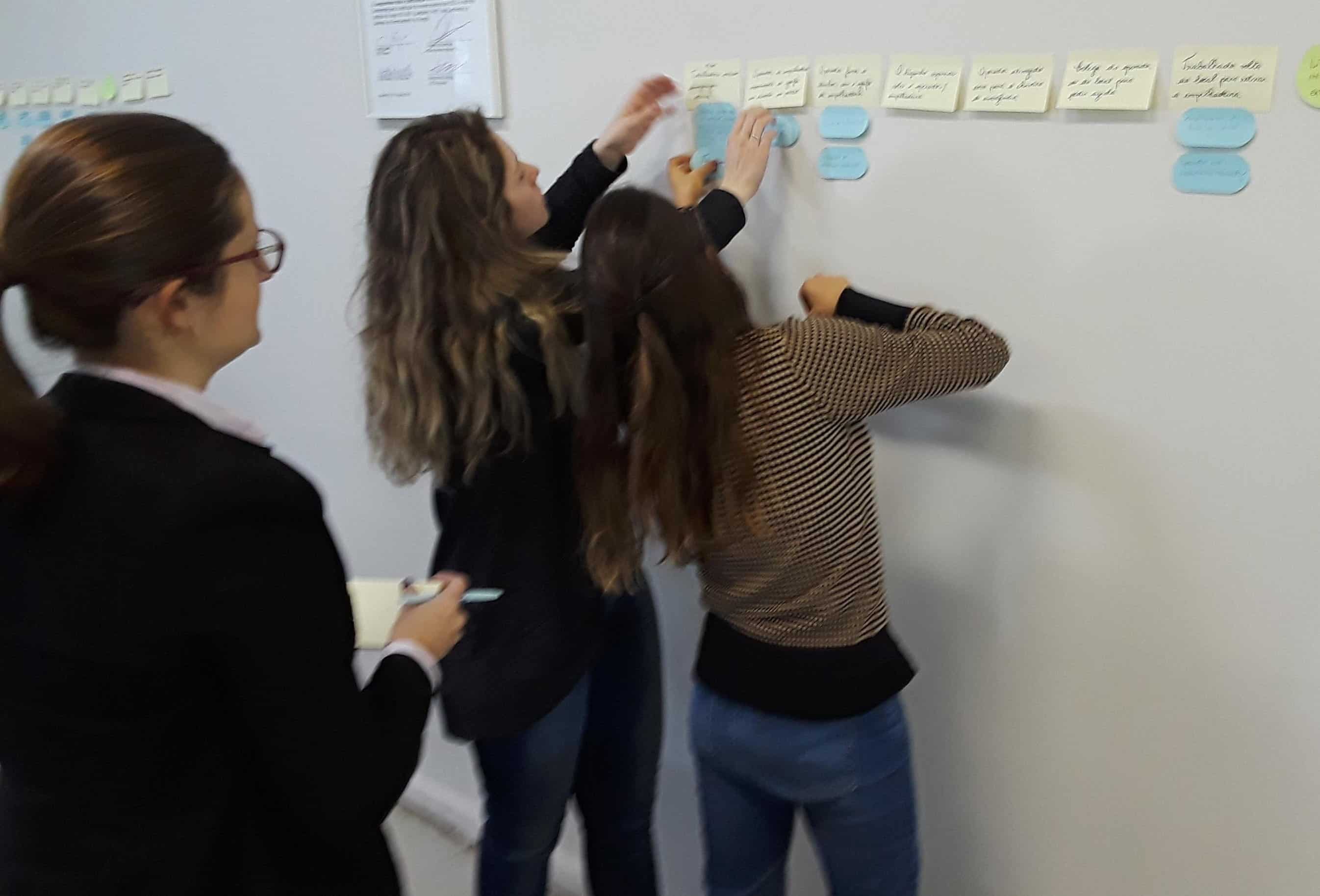Is Blame the Best Root Cause Tool?

Blame
Blame … That’s what happens after most incidents and accidents. Maybe even in the example above.
In fact, if you measured the use of blame, I bet it would be the most used root cause analysis tool.
Also, the most used corrective action would be either:
- Discipline (including telling people to be more careful), or
- Training (used as a form of discipline).
Whenever I think about a blame-oriented culture, it reminds me of this diagram…

Is Blame Effective?
Does blame work? The answer is NO!
Then why do people keep using blame as their primary tool?
- Blame is easy.
- Blame never points up (to senior management).
- Blame is embedded in our culture.
- Blame seems like it works.
Why Does Blame “Seem” to Work?
Why does blame seem to work? Because of the way incident statistics work.
An incident or an accident should be an infrequent event.
Thus, when an incident happens, the odds are that it won’t happen again for a long time. EVEN if you do nothing. In statistics, this is called “regression to the mean.” In this case, the “mean” is no accident/incident.
So when you blame folks, and the incident doesn’t immediately repeat, it seems like your corrective action (discipline or training) worked. But all you really did was reset the clock to wait for the next incident/accident sometime in the future.
By the time the incident repeats, most people will have forgotten about the past ineffective corrective actions that you implemented.
What Can You Do?
That’s an easy question to answer. Apply effective root cause analysis instead of blame.
Not all root cause analysis techniques are effective. Make sure you know what the fundamentals of successful root cause analysis are. See THIS LINK to learn more about the fundamentals.
An effective root cause analysis tool will prevent blame and lead you to real, fixable root causes. System causes that management can do something about. Fixes that will keep others from making the same mistakes. Believe me, good corrective actions are better than the blame finger.

Do You Need Effective Root Cause Analysis Training?
If you need effective root cause analysis training, check out this link for the schedule of upcoming public courses being held around the world:
https://store.taproot.com/courses
And check out this link for the course descriptions:
https://www.taproot.com/courses
And CLICK HERE for a quote for a course at your site. Or call us at 865-539-2139.
Fixing a Blame Culture
By the way, if you need to fix a blame culture, get this book…
To order, CLICK HERE.
History of the Blame Finger
We gave the “Blame Finger” out as a prize at our TapRooT® Courses for years. We probably bought thousands of them. Unfortunately, they are no longer available.
You can read the story about how Nate Miller created them AT THIS LINK. Pretty funny thinking!
And if you ever need creative graphics … maybe the name Nate Miller will pop into your mind. Call him at 503-757-6127.




